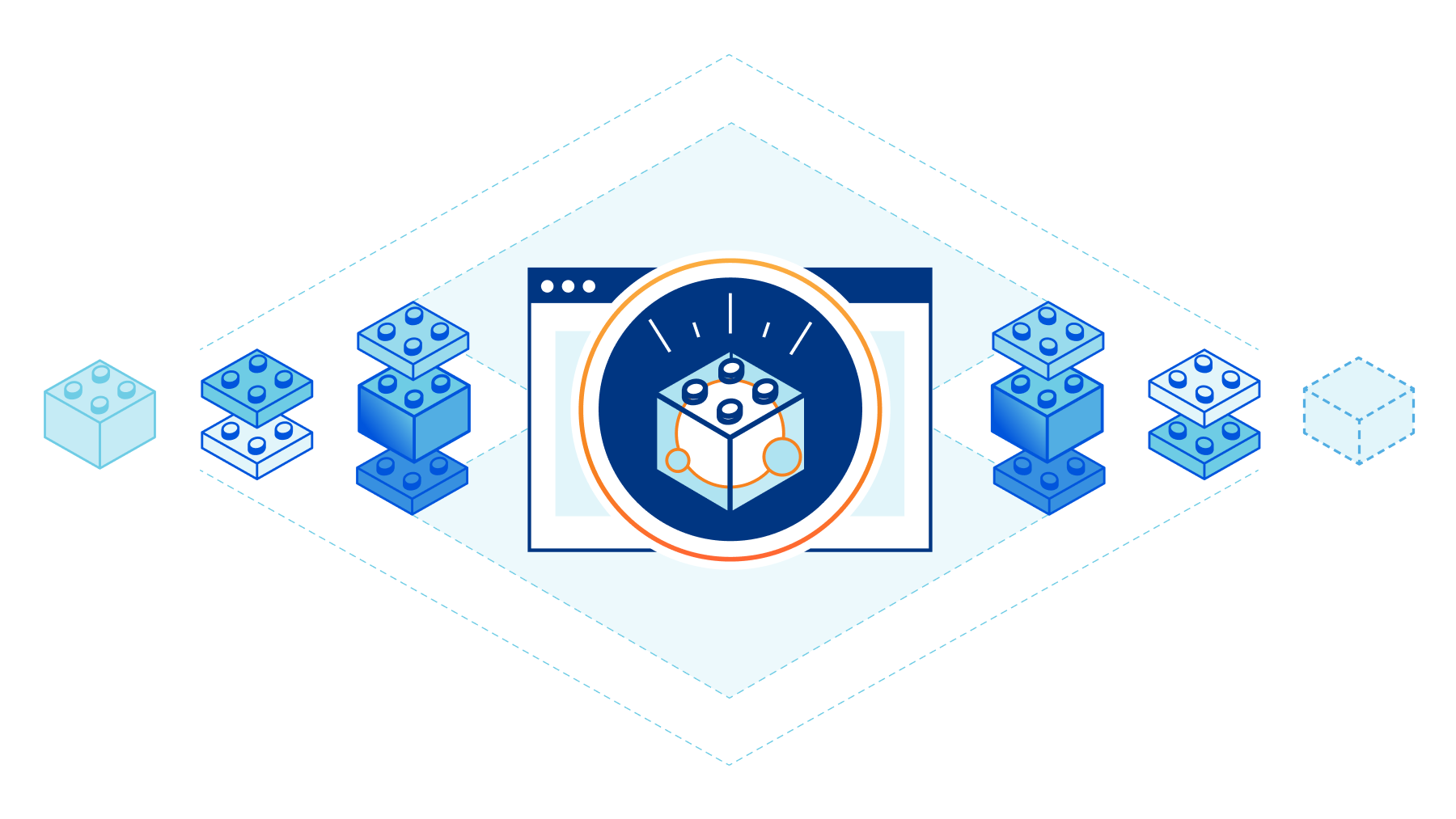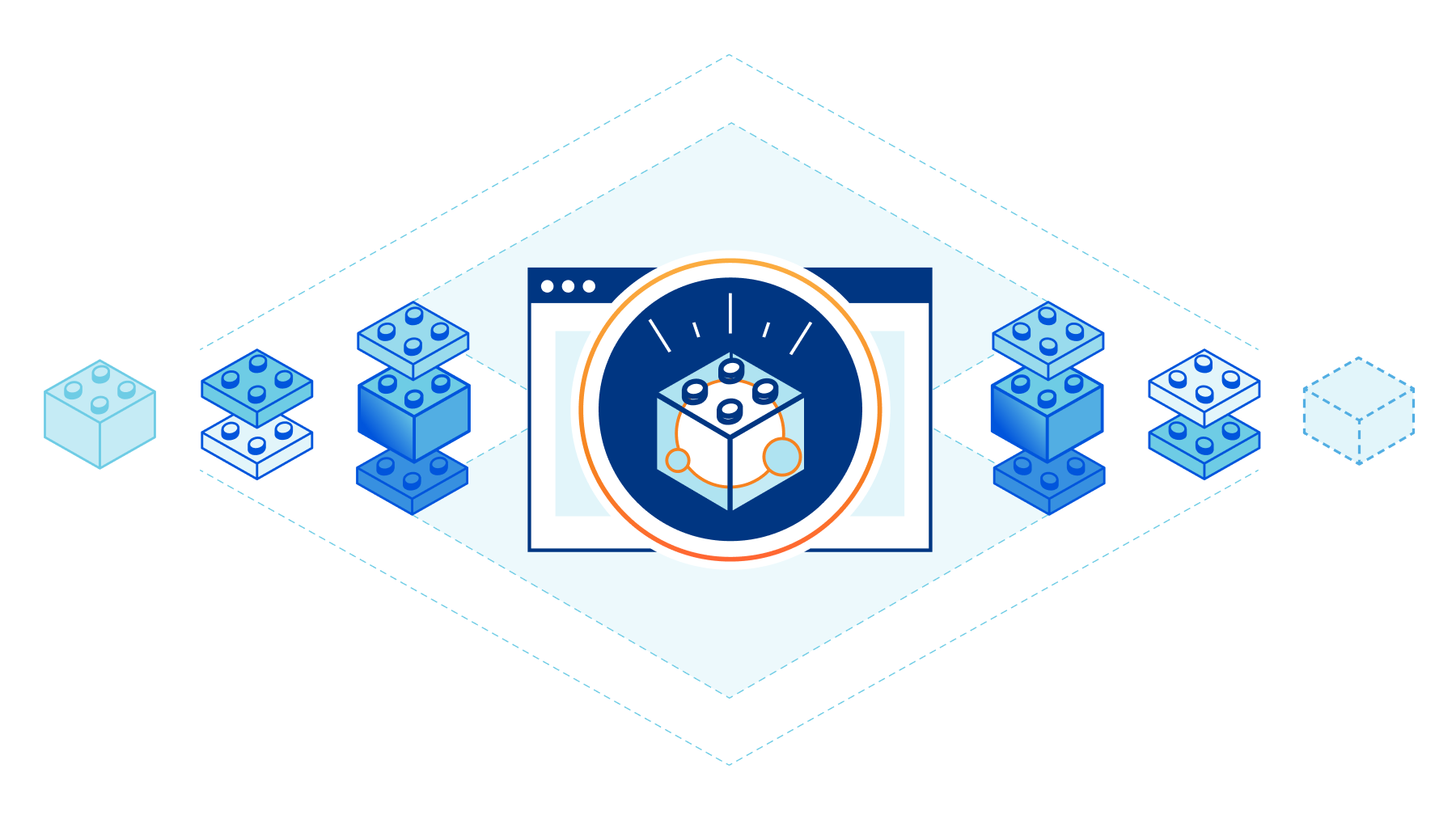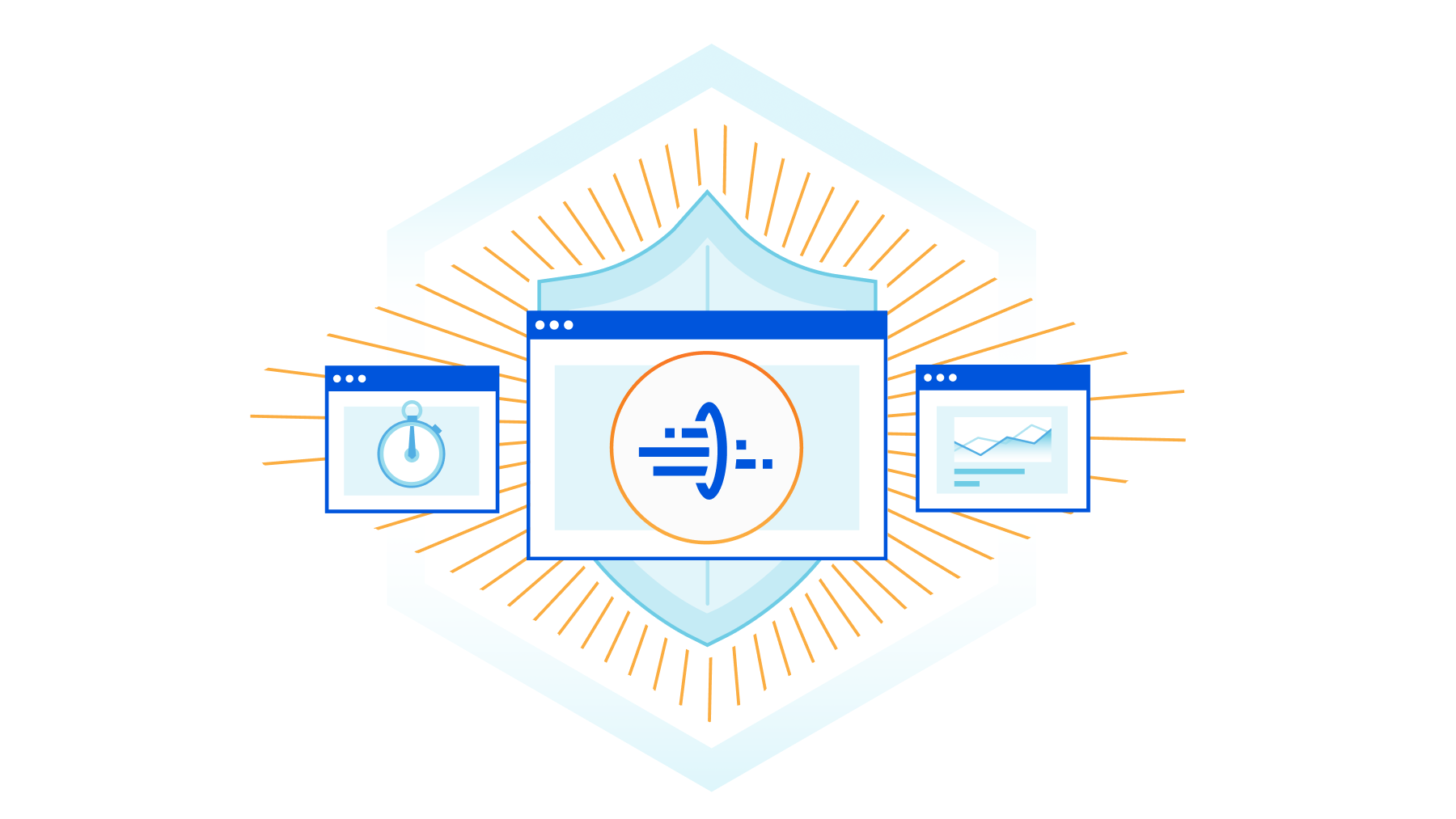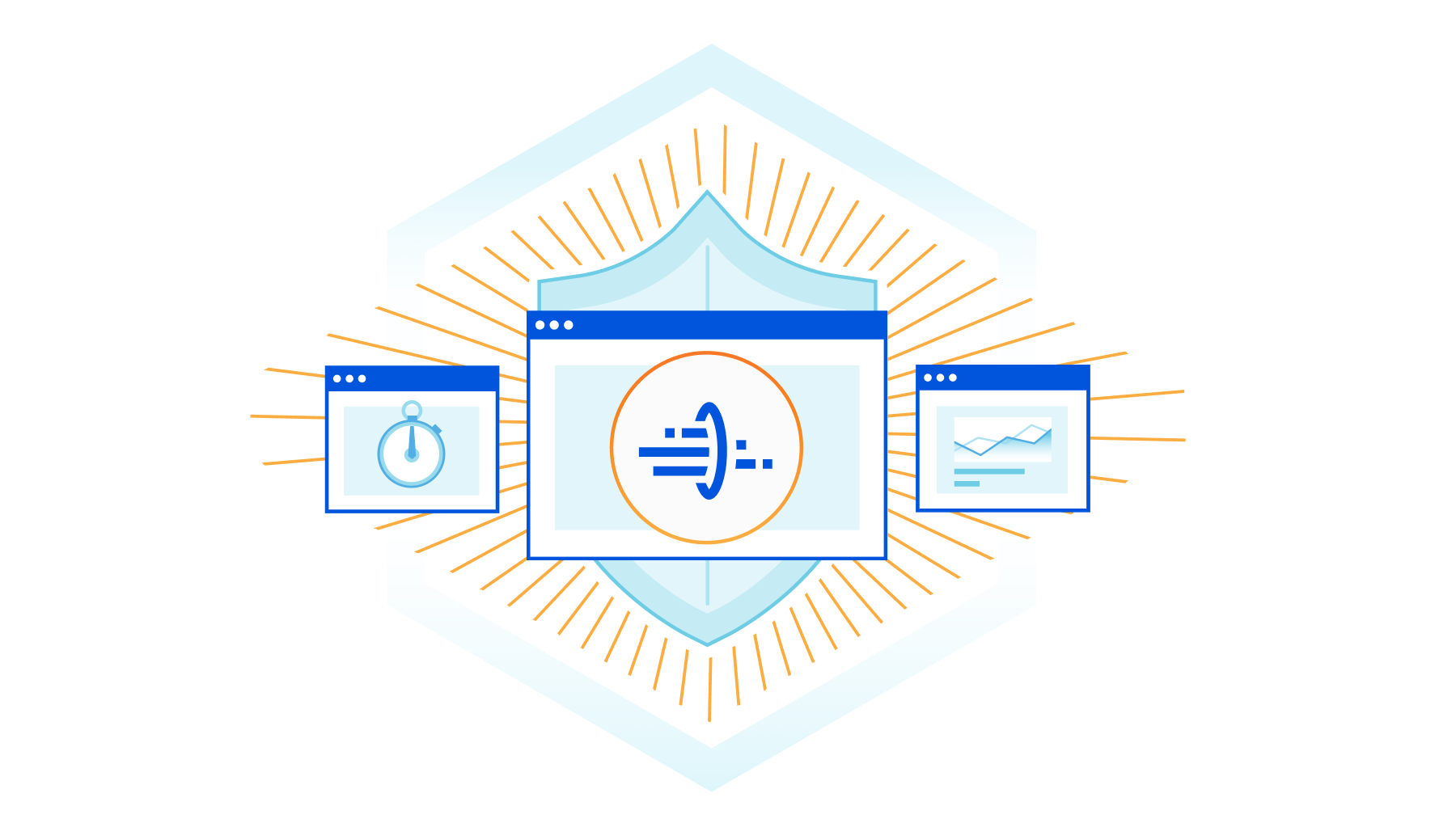Network Security Demands Drive SD-WAN and SASE Adoption
Many businesses find they must adopt SD-WAN and SASE to meet the needs of modern connectivity and networking. Does yours? Take our survey.GA Week 2022: what you may have missed

Back in 2019, we worked on a chart for Cloudflare’s IPO S-1 document that showed major releases since Cloudflare was launched in 2010. Here’s that chart:

Of course, that chart doesn’t show everything we’ve shipped, but the curve demonstrates a truth about a growing company: we keep shipping more and more products and services. Some of those things start with a beta, sometimes open and sometimes private. But all of them become generally available after the beta period.
Back in, say, 2014, we only had a few major releases per year. But as the years have progressed and the company has grown we have constant updates, releases and changes. This year a confluence of products becoming generally available in September meant it made sense to wrap them all up into GA Week.
GA Week has now finished, and the team is working to put the finishing touches on Birthday Week (coming this Sunday!), but here’s a recap of everything that we launched this week.
| What launched | Summary | Available for? |
|---|---|---|
| Monday (September 19) | ||
| Cloudforce Continue reading |
EX4400 VC Ports Conversation
This week I am in the Juniper Campus Networks with Mist AI ( JCMA ) course and going over the …
The post EX4400 VC Ports Conversation first appeared on Fryguy's Blog.How to enable Private Access Tokens in iOS 16 and stop seeing CAPTCHAs


You go to a website or service, but before access is granted, there’s a visual challenge that forces you to select bikes, buses or traffic lights in a set of images. That can be an exasperating experience. Now, if you have iOS 16 on your iPhone, those days could be over and are just a one-time toggle enabled away.
CAPTCHA = "Completely Automated Public Turing test to tell Computers and Humans Apart"
In 2021 and 2022, we took direct steps to end the madness that wastes humanity about 500 years per day called CAPTCHAs, that have been making sure you’re human and not a bot. In August 2022, we announced Private Access Tokens. With that, we’re able to eliminate CAPTCHAs on iPhones, iPads and Macs (and more to come) with open privacy-preserving standards.
On September 12, iOS 16 became generally available (iPadOS 16 and macOS 13 should arrive in October) and on the settings of your device there’s a toggle that can enable the Private Access Token (PAT) technology that will eliminate the need for those CAPTCHAs, and automatically validate that you are a real human visiting a site. If you already have iOS 16, here’s what you should Continue reading
Video: Cloud-Native Environments
One of the overused buzzwords of the cloudy days is the Cloud-Native Environment. What should that mean and why could that be better than what we’ve been doing decades ago? Matthias Luft and Florian Barth tried to answer that question in the Introduction to Cloud Computing webinar.
Video: Cloud-Native Environments
One of the overused buzzwords of the cloudy days is the Cloud-Native Environment. What should that mean and why could that be better than what we’ve been doing decades ago? Matthias Luft and Florian Barth tried to answer that question in the Introduction to Cloud Computing webinar.
Hedge 148: The SRE with Niall Murphy (part 2)

It seems like only yesterday we started talking about the Site Reliability Engineer, and their place in the IT ecosystem. Over the last several years, the role of the SRE has changed—and it’s bound to continue changing. On this episode of the Hedge, Niall Murphy joins Tom Ammon and Russ White to discuss the changing role of the SRE, and what the SRE could be.
If you want to read more on this topic, check out Niall’s article over a USENIX.
IPv6 Buzz 110: The Peculiar Power Of DHCPv6 Option 108
On today's IPv6 Buzz podcast we explore DHCPv6 Option 108. Option 108 basically allows a DHCP server to use IPv4 to contact a host and tell that host to disable its IPv4 stack and switch to IPv6-only. In other words, you're using IPv4 to turn off IPv4. We examine the use cases for this peculiar capability.
The post IPv6 Buzz 110: The Peculiar Power Of DHCPv6 Option 108 appeared first on Packet Pushers.
IPv6 Buzz 110: The Peculiar Power Of DHCPv6 Option 108
On today's IPv6 Buzz podcast we explore DHCPv6 Option 108. Option 108 basically allows a DHCP server to use IPv4 to contact a host and tell that host to disable its IPv4 stack and switch to IPv6-only. In other words, you're using IPv4 to turn off IPv4. We examine the use cases for this peculiar capability.Untapped Potential: Best Practices for Running Databases on Kubernetes
Trying to force traditional storage technologies directly into Kubernetes usually compromises the agility and performance of the stack since traditional storage is typically designed for machine-centric workloads.Logpush: now lower cost and with more visibility


Logs are a critical part of every successful application. Cloudflare products and services around the world generate massive amounts of logs upon which customers of all sizes depend. Structured logging from our products are used by customers for purposes including analytics, debugging performance issues, monitoring application health, maintaining security standards for compliance reasons, and much more.
Logpush is Cloudflare’s product for pushing these critical logs to customer systems for consumption and analysis. Whenever our products generate logs as a result of traffic or data passing through our systems from anywhere in the world, we buffer these logs and push them directly to customer-defined destinations like Cloudflare R2, Splunk, AWS S3, and many more.
Today we are announcing three new key features related to Cloudflare’s Logpush product. First, the ability to have only logs matching certain criteria be sent. Second, the ability to get alerted when logs are failing to be pushed due to customer destinations having issues or network issues occurring between Cloudflare and the customer destination. In addition, customers will also be able to query for analytics around the health of Logpush jobs like how many bytes and records were pushed, number of successful pushes, and number of Continue reading
Cloudflare Zaraz supports Managed Components and DLP to make third-party tools private


When it comes to privacy, much is in your control as a website owner. You decide what information to collect, how to transmit it, how to process it, and where to store it. If you care for the privacy of your users, you’re probably taking action to ensure that these steps are handled sensitively and carefully. If your website includes no third party tools at all - no analytics, no conversion pixels, no widgets, nothing at all - then it’s probably enough! But… If your website is one of the other 94% of the Internet, you have some third-party code running in it. Unfortunately, you probably can’t tell what exactly this code is doing.
Third-party tools are great. Your product team, marketing team, BI team - they’re all right when they say that these tools make a better website. Third-party tools can help you understand your users better, embed information such as maps, chat widgets, or measure and attribute conversions more accurately. The problem doesn’t lay with the tools themselves, but with the way they are implemented - third party scripts.
Third-party scripts are pieces of JavaScript that your website is loading, often from a remote web server. Those Continue reading
API Endpoint Management and Metrics are now GA


The Internet is an endless flow of conversations between computers. These conversations, the constant exchange of information from one computer to another, are what allow us to interact with the Internet as we know it. Application Programming Interfaces (APIs) are the vital channels that carry these conversations, and their usage is quickly growing: in fact, more than half of the traffic handled by Cloudflare is for APIs, and this is increasing twice as fast as traditional web traffic.
In March, we announced that we’re expanding our API Shield into a full API Gateway to make it easy for our customers to protect and manage those conversations. We already offer several features that allow you to secure your endpoints, but there’s more to endpoints than their security. It can be difficult to keep track of many endpoints over time and understand how they’re performing. Customers deserve to see what’s going on with their API-driven domains and have the ability to manage their endpoints.
Today, we’re excited to announce that the ability to save, update, and monitor the performance of all your API endpoints is now generally available to API Shield customers. This includes key performance metrics like latency, error rate, and Continue reading
Protests spur Internet disruptions in Iran


Over the past several days, protests and demonstrations have erupted across Iran in response to the death of Mahsa Amini. Amini was a 22-year-old woman from the Kurdistan Province of Iran, and was arrested on September 13, 2022, in Tehran by Iran’s “morality police”, a unit that enforces strict dress codes for women. She died on September 16 while in police custody.
Published reports indicate that the growing protests have resulted in at least eight deaths. Iran has a history of restricting Internet connectivity in response to protests, taking such steps in May 2022, February 2021, and November 2019. They have taken a similar approach to the current protests, including disrupting Internet connectivity, blocking social media platforms, and blocking DNS. The impact of these actions, as seen through Cloudflare’s data, are reviewed below.
Impact to Internet traffic
In the city of Sanandij in the Kurdistan Province, several days of anti-government protests took place after the death of Mahsa Amini. In response, the government reportedly disrupted Internet connectivity there on September 19. This disruption is clearly visible in the graph below, with traffic on TCI (AS58224), Iran’s fixed-line incumbent operator, in Sanandij dropping to zero between Continue reading
 s Grace processor will be among the first chips to use its upcoming Neoverse V2 CPU cores.
s Grace processor will be among the first chips to use its upcoming Neoverse V2 CPU cores.